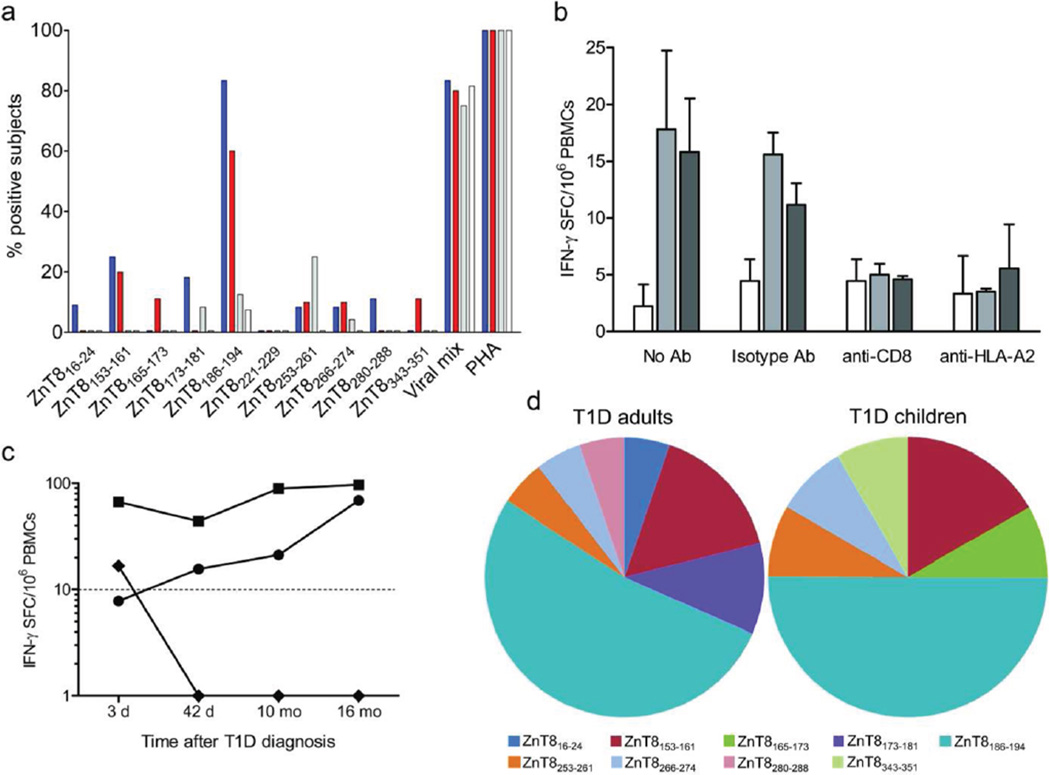Figure 2. Recognition of HLA-A2-restricted ZnT8 epitopes in different study subjects.
a Percent of new-onset type 1 diabetes (T1D) adults (blue bars; n=12), new-onset T1D children (red bars; n=10), type 2 diabetes (T2D; grey bars; n=24) and healthy subjects (white bars; n=27) responding to each individual epitope by IFN-γ ELISpot. b IFN-γ ELISpot responses were measured in a T1D adult using PBMCs stimulated in the presence of no Ab, isotype control Ab, anti-CD8 or anti-HLA-A2 Ab. Mean ± SD counts of triplicate wells are given without background subtraction for each of the indicated peptide stimuli: no peptide (white bars), ZnT8186–194 (light grey bars) and ZnT8253–261 (dark grey bars). c Patient A03 was tested at 4 subsequent time points for PBMC reactivities against the indicated peptides: ZnT8186–194 (circles), ZnT8153–161 (diamonds) and viral mix (squares). Results are expressed as mean IFN-γ SFC/106 PBMCs and are background-subtracted. d Relative distribution of epitope specificities. The percent prevalence of each epitope out of all epitopes recognized among new-onset T1D adults (left; n=19) and children (right; n=12) is shown.

